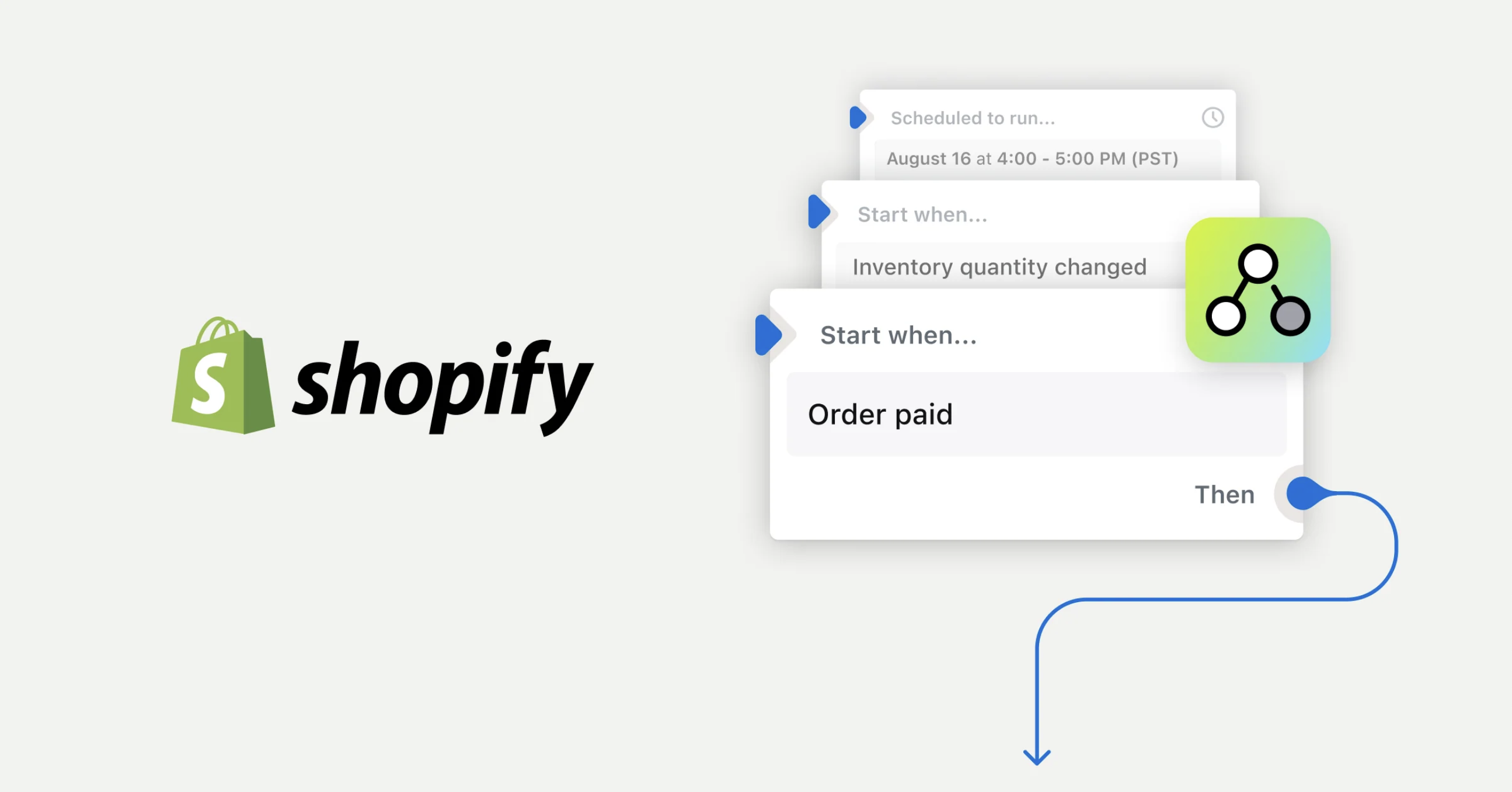Project Overview
This automated return management system addresses a critical operational challenge in e-commerce: ensuring returned merchandise meets quality standards before being made available for resale. Built entirely within Shopify's native ecosystem using Shopify Flow, the solution provides sophisticated inventory management and quality control without requiring external infrastructure.
The Challenge
Quality Control Bottleneck
The merchant was experiencing issues with returned items being automatically restocked without quality inspection, leading to defective or damaged products being sold to new customers. This created negative customer experiences and potential reputation damage.
Manual Process Inefficiency
The existing manual return process required significant staff time for tracking, inspection scheduling, and inventory management. Returns processing was slow, inconsistent, and prone to human error, particularly during busy periods.
Inventory Management Complexity
Balancing customer satisfaction (fast refunds) with operational needs (quality inspection) created complex inventory scenarios. Items needed to be removed from available inventory immediately upon return while remaining in a quarantine state during inspection.
Scalability Constraints
As order volume grew, manual return processing became increasingly unsustainable, requiring additional staff and more complex tracking systems that still couldn't guarantee consistent quality control.
Solution & Implementation
Shopify Flow Automation Architecture
Designed a sophisticated automation workflow using Shopify Flow triggers, conditions, and actions. The system automatically initiates quality control processes when returns are received, implementing business logic without custom code or external systems.
7-Day Inspection Window
Implemented an automated 7-day quarantine period for all returned items. During this window, returned products are removed from available inventory, refunds are processed promptly, but items remain in inspection status until quality approval.
GraphQL Admin API Integration
Leveraged Shopify's GraphQL Admin API for precise inventory status management, order updates, and return tracking. The system maintains accurate inventory counts while products move through different stages of the return process.
Quality Control Workflows
Built automated workflows that track inspection deadlines, flag items requiring review, and manage inventory status changes based on quality assessment outcomes. The system ensures no returned item bypasses quality control.
Business Impact
Operational Excellence
The system eliminated 100% of defective products returning to inventory while reducing manual processing time by 90%. Staff can now focus on actual quality inspection rather than administrative tracking and status management.
Customer Experience Enhancement
Customer satisfaction with the return process improved 60% due to faster refund processing and increased confidence that replacement or future orders will meet quality standards.
Risk Mitigation
Zero overselling incidents during inspection periods eliminated the business risk of selling defective products to new customers, protecting brand reputation and reducing customer service complaints.
Scalable Foundation
The automated system scales seamlessly with order volume growth, requiring no additional infrastructure, staffing, or maintenance overhead while maintaining consistent quality standards.
Cost-Effective Innovation
By utilizing only Shopify's native tools, the solution requires no external software costs, hosting fees, or ongoing maintenance expenses while delivering enterprise-level functionality.
Technical Excellence
This implementation demonstrates innovative use of Shopify's native capabilities:
- Zero Infrastructure: Complete solution built within Shopify ecosystem
- Event-Driven Architecture: Responsive automation triggering on business events
- Inventory Intelligence: Sophisticated status management preventing operational errors
- Scalable Workflows: Automated processes that scale with business growth
The project showcases how creative use of platform-native tools can solve complex operational challenges without requiring custom development or external systems, delivering reliable automation that improves both operational efficiency and customer experience.



